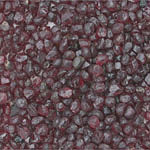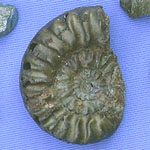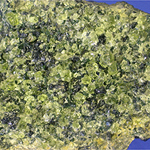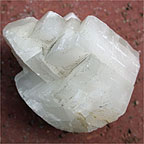
|
|
To learn to identify minerals you really need to take an introductory geology lab. There is no substitute for hands-on experience. Even if you do take such a lab, do not be surprised if you still lack confidence in your ability to identify minerals. It just takes lots of practice. Remember: the more mineral samples you look at, the better you will get! This page is best used to review minerals that you have already studied in a lab.
 Metamorphic rocks commonly contain many of the minerals previously listed (quartz, K-feldspar, plagioclase, muscovite, biotite, amphibole, calcite, dolomite) plus a few common ones that are distincitvely metamorphic: garnets, staurolite, kyanite, chlorite, serpentine. |
|||||
 amphibole (hornblende), biotite, calcite, chlorite, clay minerals (kaolinite), dolomite, garnet, gypsum, halite, K-feldspar, kyanite, muscovite, olivine, plagioclase, pyrite, pyroxene (augite), quartz, serpentine, staurolite |

